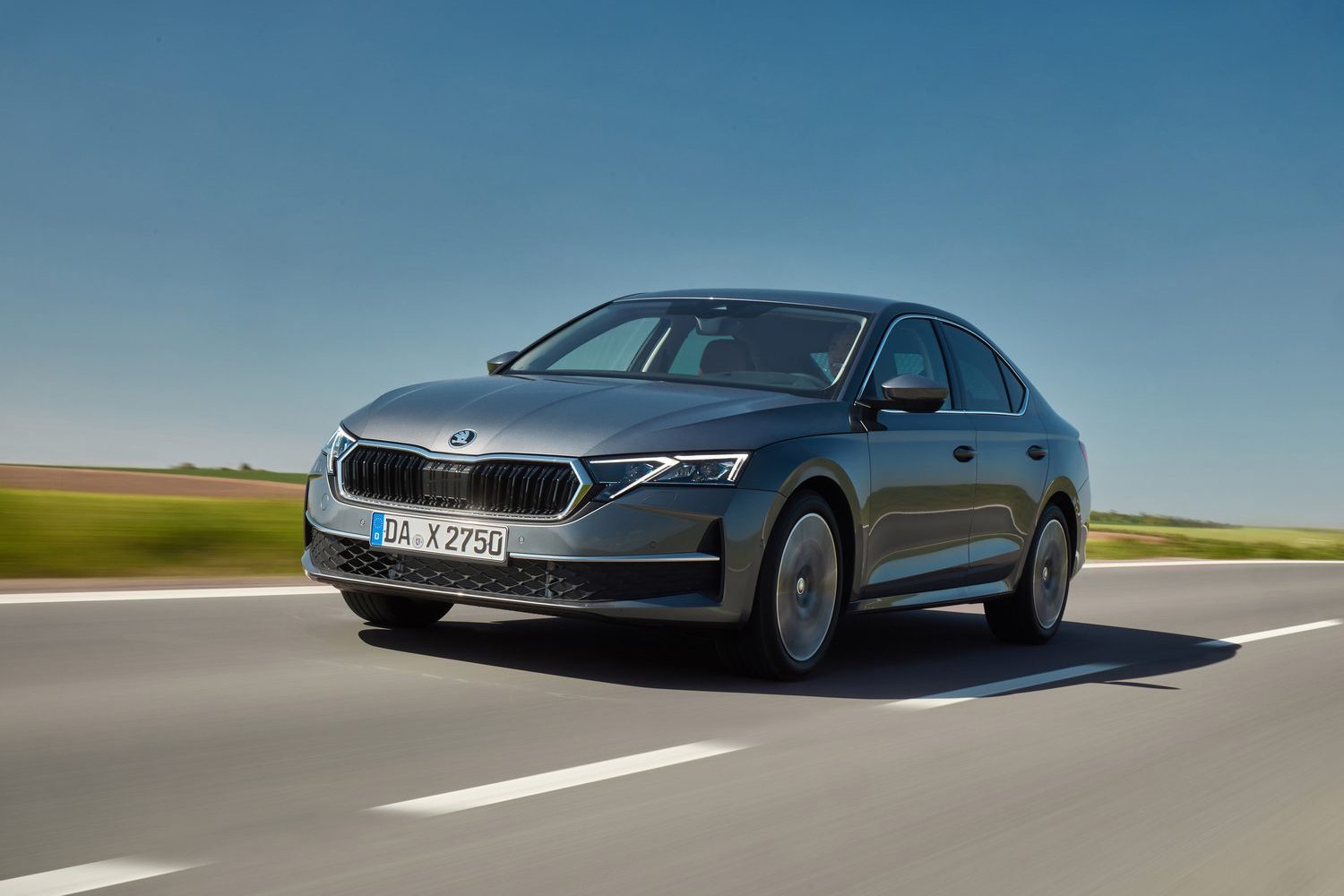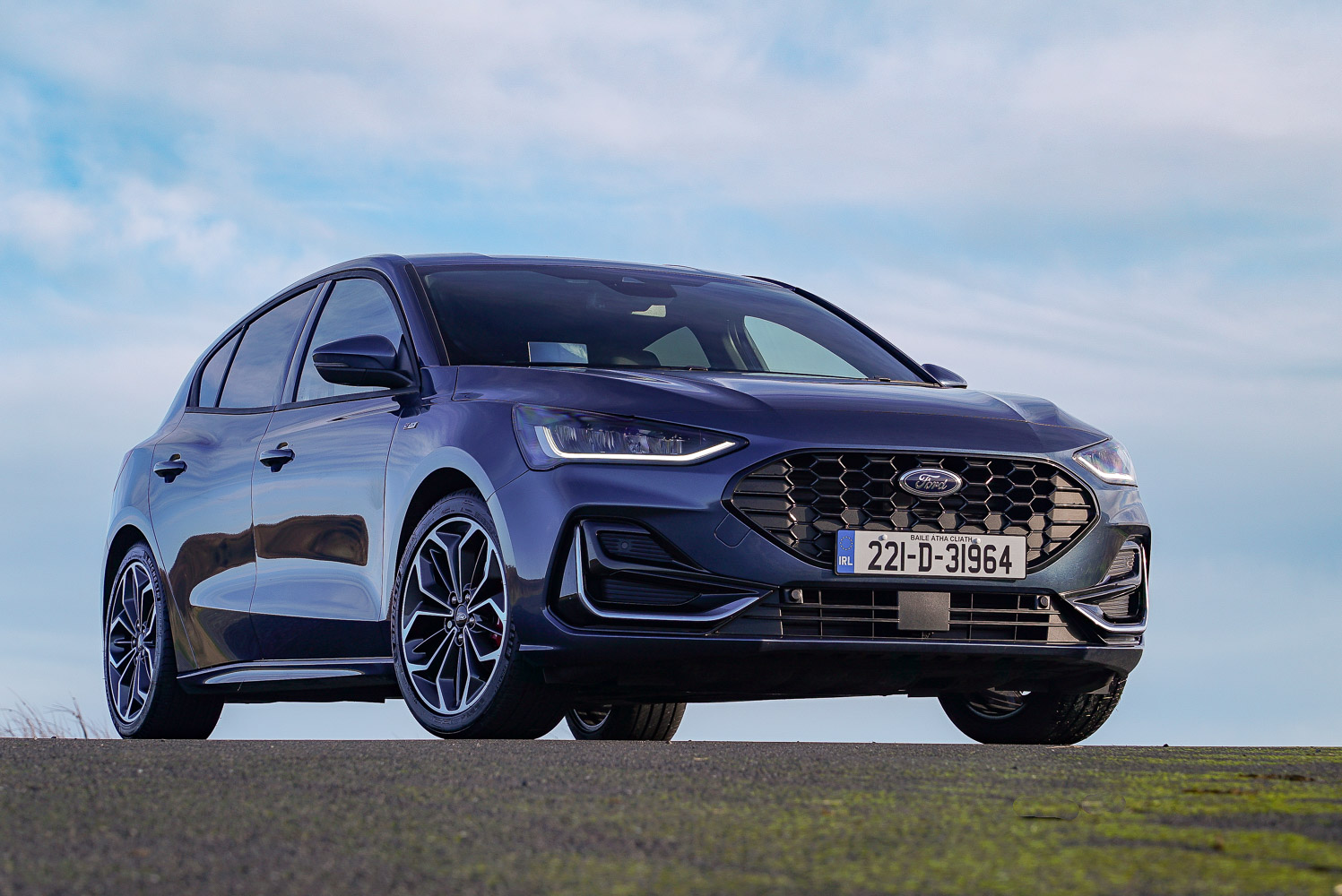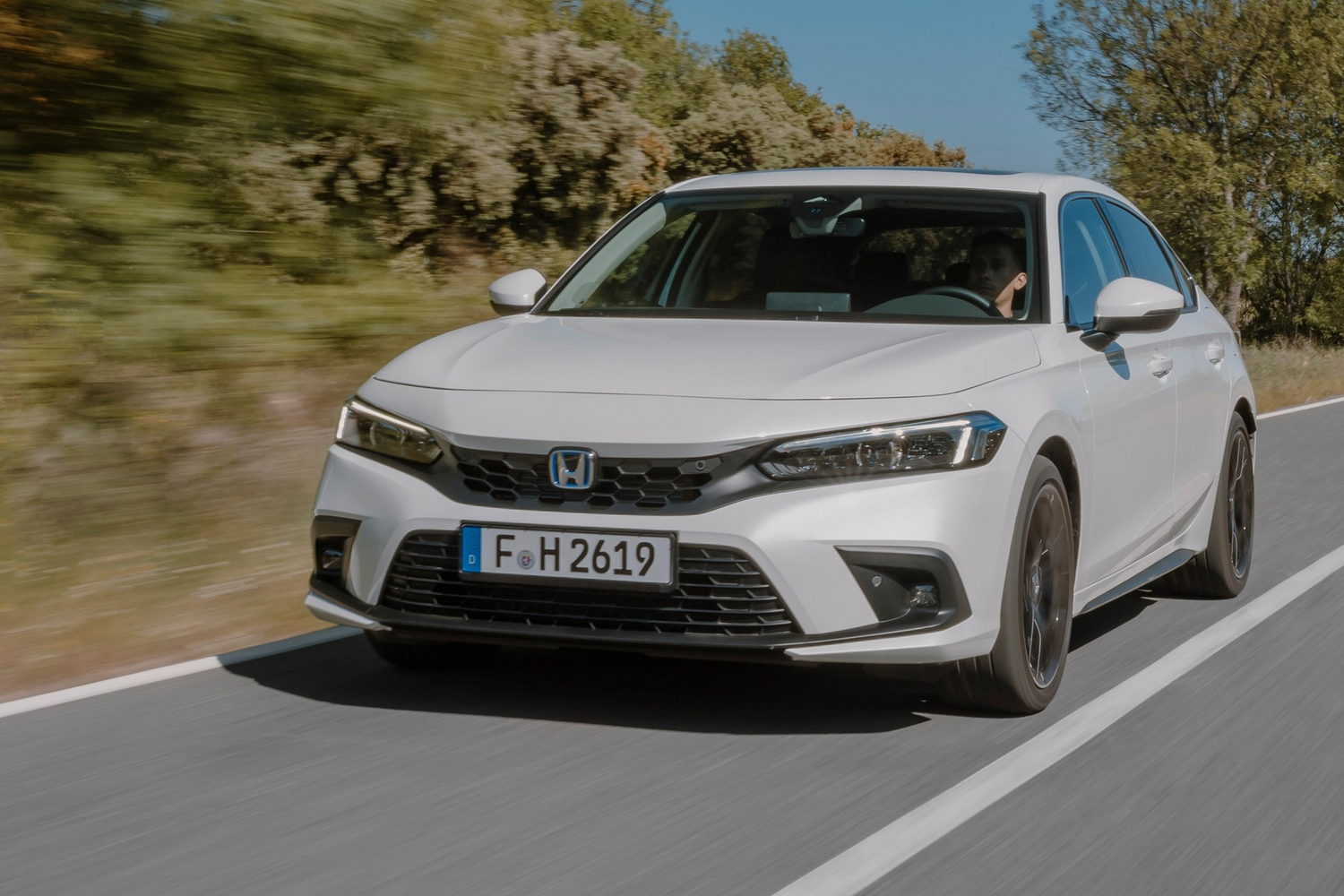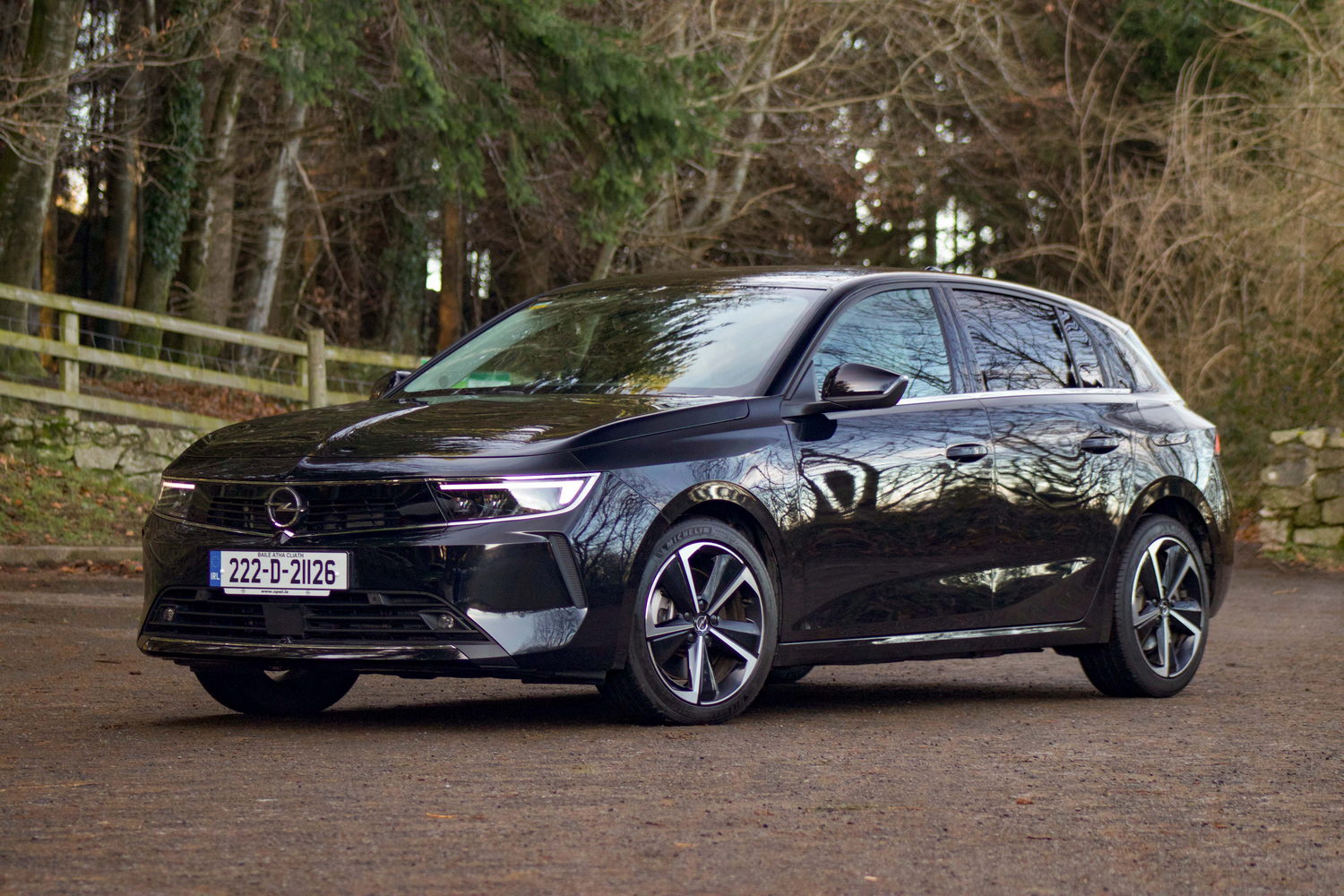With comfortably more than seven million examples sold since it appeared in its modern incarnation in 1996, the Skoda Octavia is comfortably the Czech marque’s best-selling model. So, for the update of this fourth-generation version, the carmaker has been reluctant to make any dramatic changes to it, but that’s no major problem... as this remains one of the best vehicles in the C-segment family car marketplace.
In the metal
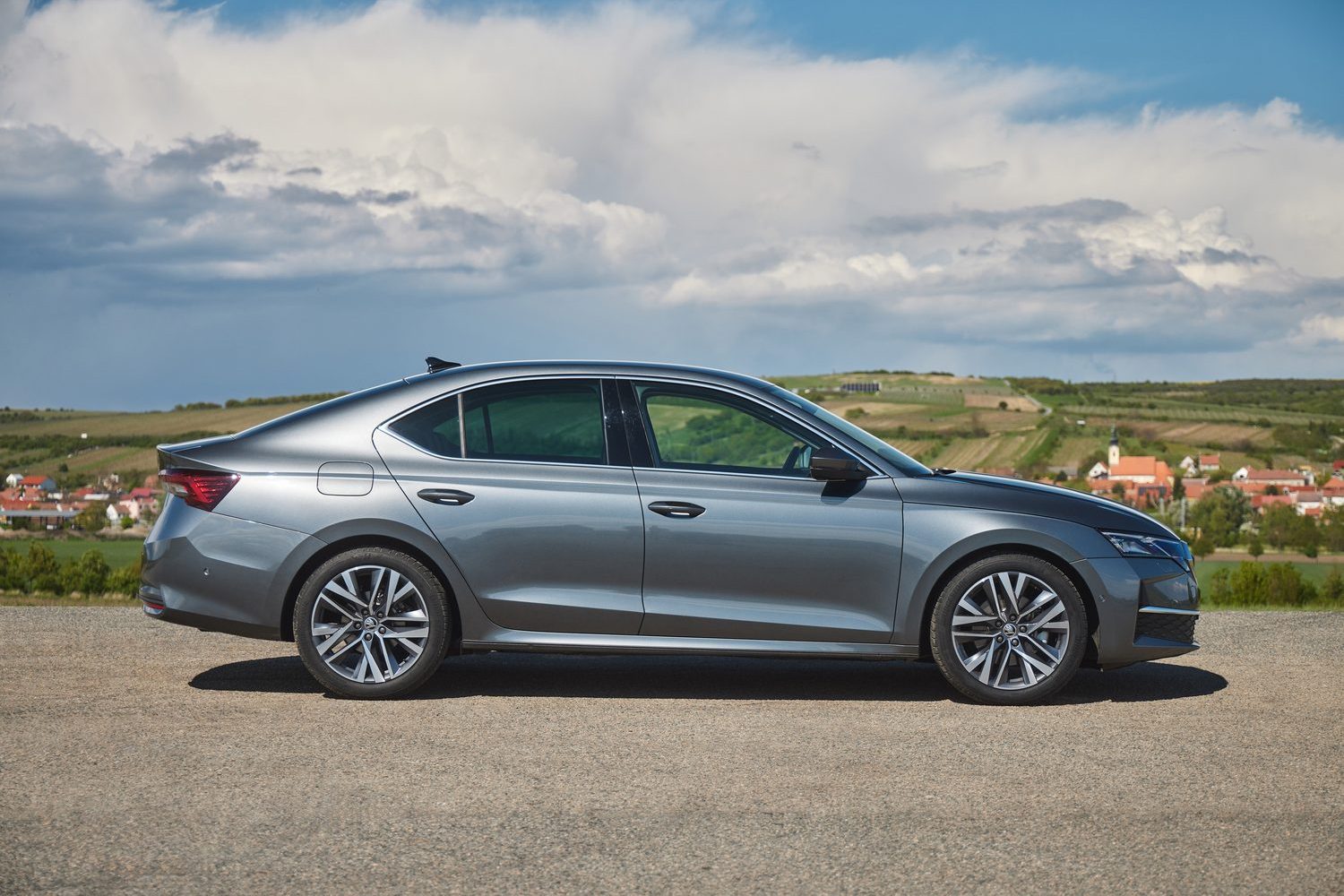
All that Skoda has seen fit to do with the exterior of the updated Octavia is to give it a fresh selection of body colours, some new designs of alloy wheel and - probably the biggest point - revised lights. These are LED on all models, although base-spec cars get slightly less advanced levels of illumination than the more expensive variants, and the key giveaway to a facelifted car is the signature of the daytime running lamps. Instead of sitting along the bottom of the headlight clusters, they now run across the tops of the lamp units and have a sharply angled diagonal in their centres, which echoes the shape of Skoda’s reshaped radiator grille - and also bleeds into the frame surrounding the grille.
It’s just enough, along with subtly redesigned bumpers, to give the Octavia that bit more presence, that subliminally enhanced sensation of width in its stance, and we like it.
As ever, the Octavia is sold in five-door Fastback (hatch) and Combi (estate) variants, and we’re trying the Fastback out for size here. All models look crisp and elegant on the outside, with the Sportline differentiated by, well, sportier styling (the clue is in the name, folks), including black detailing, beefier lower bodywork and a set of RS-aping 18-inch alloy wheels. Speaking of the high-performance RS derivative, it is due to make its comeback in the Octavia line soon, but it’s not part of the initial flotilla of facelifted launch models. Ditto any 4x4 version of Skoda’s C-segment challenger, or the iV plug-in hybrid, and while we know all-wheel-drive Octavias are on the way (though they may not be offered to Irish buyers), at this stage the PHEV’s return is unconfirmed.
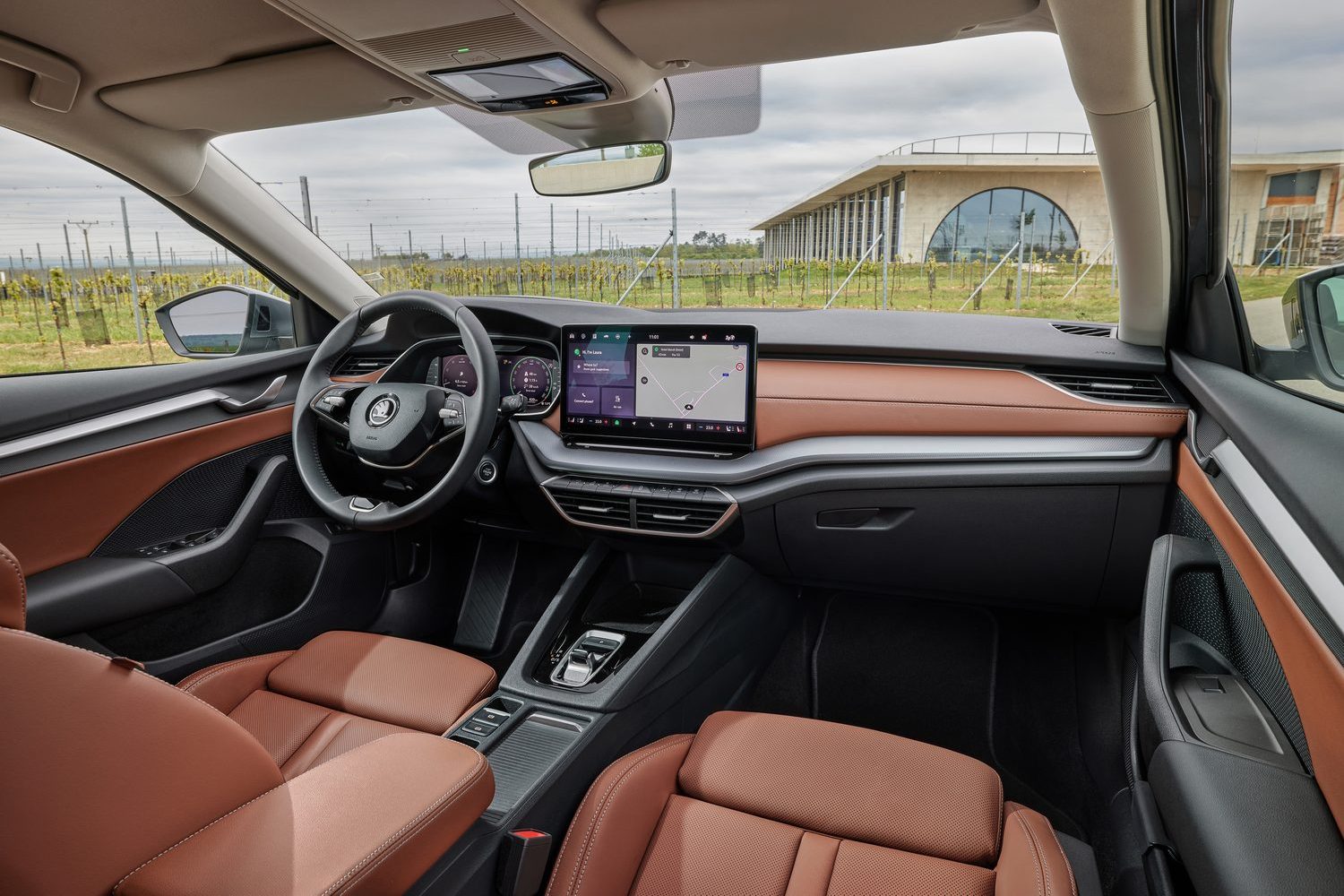
Inside, it’s the usual Octavia (and, indeed, any product in the wider Skoda portfolio) story: you might be paying C-segment prices for a car based on C-segment underpinnings, but it feels at least on class bigger and grander than it actually is. Rear-seat space is vast, if not quite at Skoda Superb levels of needless generosity - well, Skoda has to keep some differentiation between its two car models - and the boot on this Fastback is also large, rated at 600 litres with all five seats in use. Many alternative C-segment hatchbacks hold less than 400 litres.
Material quality and the general architectural design is also lovely in the Octavia, with more sustainable processes employed in its make-up - for instance, the brown-coloured seats in the Suite Cognac interior are tanned with the husks of coffee cherries, the soft fruit which surrounds a coffee bean. Anyway, such noble aims aside, the major change here is the usual midlife update in cars from the 2020s, which is basically enhanced infotainment. It’s a large 13-inch freestanding affair, although in Irish-spec cars it’s only standard fit on one specification out of the four as standard (Selection Box, see below) and a €1,365 option on two more, not being available at all on the base-spec model. That said, every car features at least a 10.4-inch touchscreen, which is still pretty sizeable, while the 10.25-inch Virtual Cockpit digital instrument cluster is also standard across the board.
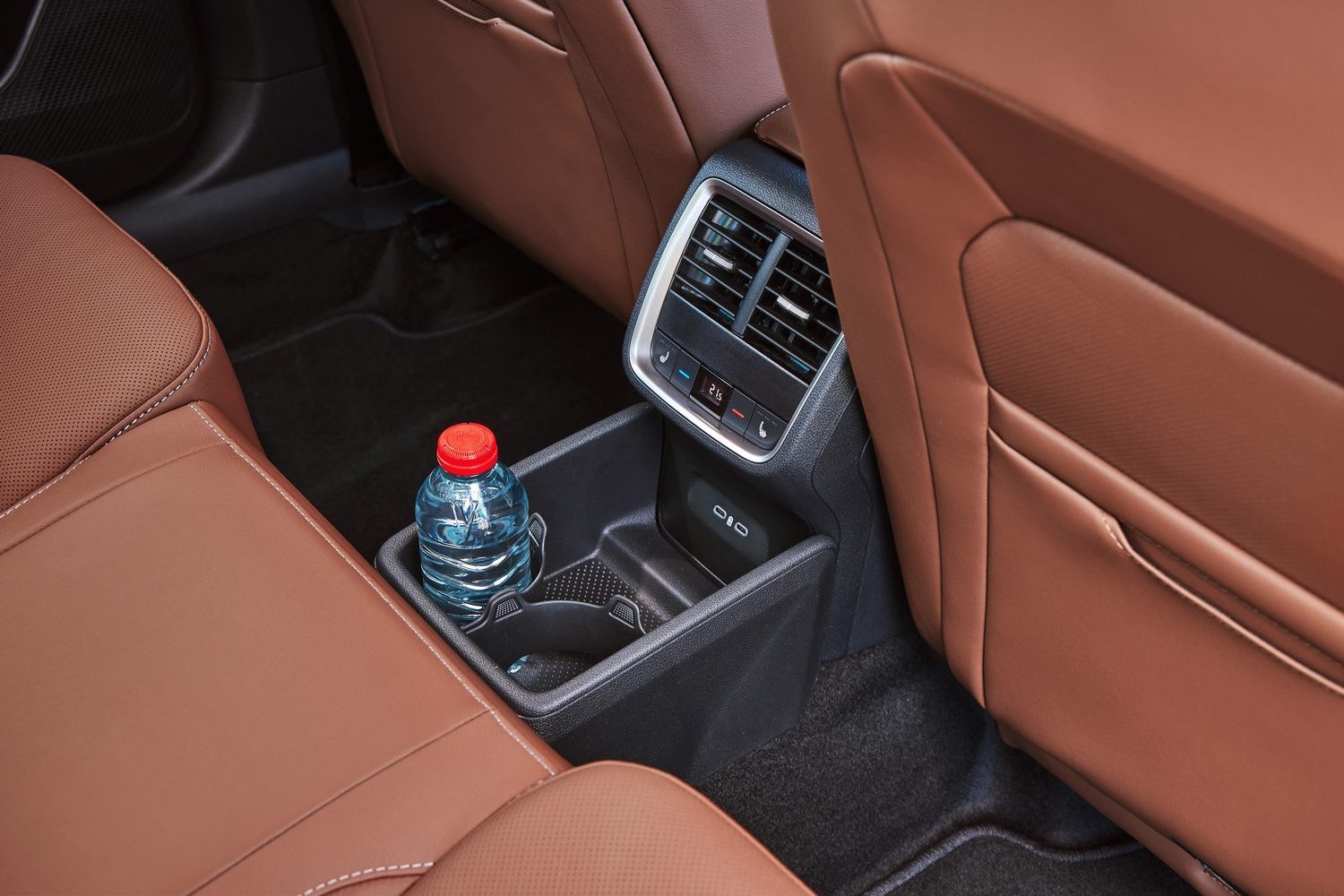
This all works well in the main, albeit with one or two annoyances (the Octavia doesn’t have Smart Dials like the new Superb, for example, so all its climate functions are, yes, sadly, on the touchscreen), but the speed of its responses and its graphical clarity are more than good enough, and even if you find them too slow and laggy for your tastes, you can obviously bypass the proprietary software with either Apple CarPlay or Android Auto. Technophiles will also appreciate that the wireless smartphone charging pad is now more powerful, rated at 15 watts and also with a cooling feature to prevent your device from overheating while its battery is replenished. And Skoda is also promising a ChatGPT AI function will be added to the ‘Laura’ onboard voice assistant via an over-the-air software update later in the year.
Driving it
One big change for the facelifted line-up of the Octavia is that the old 1.0-litre three-cylinder turbocharged engine which used to form the basis of the petrol cars has been dropped. For the update range from the off, there’s a 1.5-litre TSI petrol engine in two outputs, and a 2.0-litre TDI turbodiesel alongside it, also with two horsepower levels.
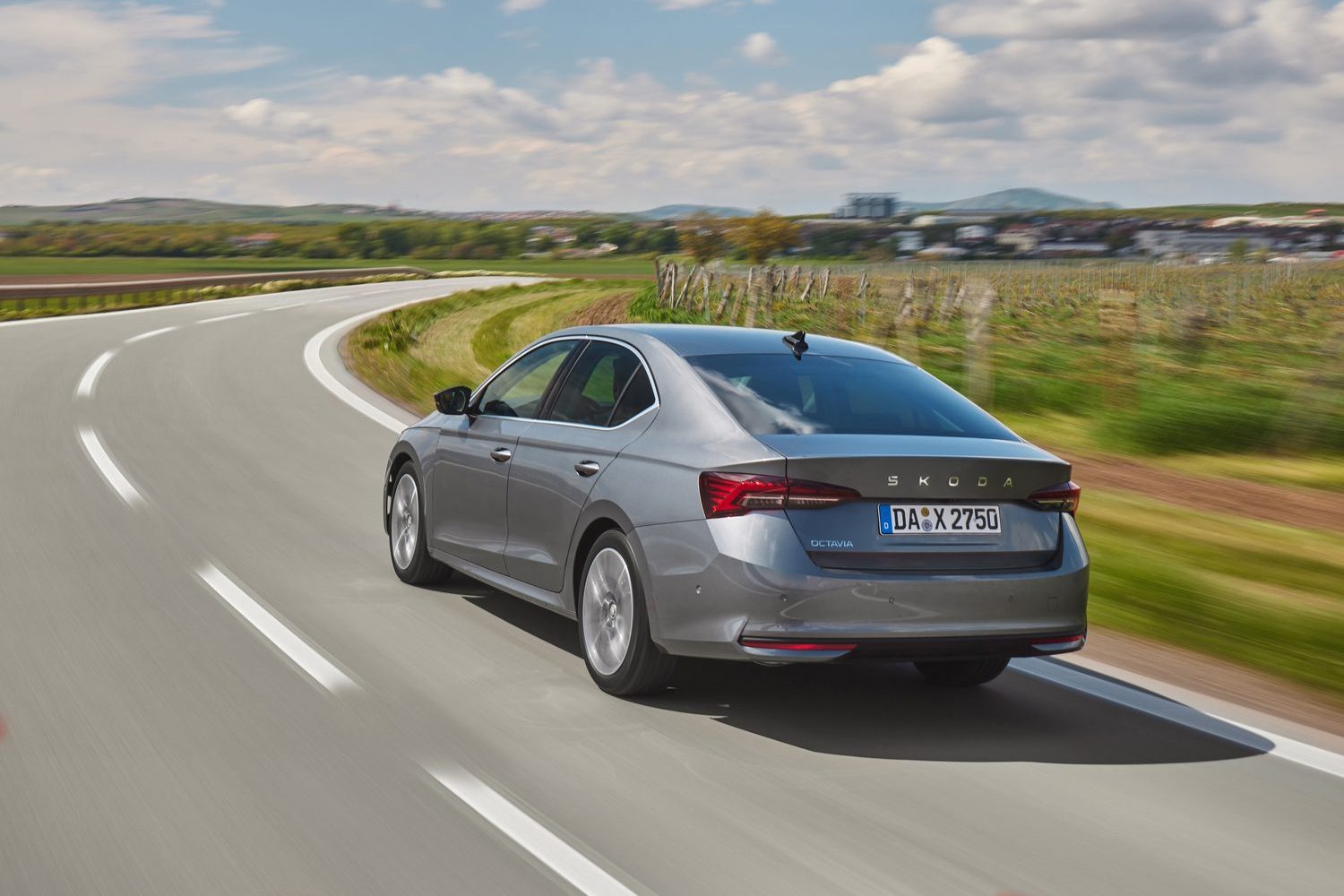
For the TSIs, choose from either 116hp/220Nm or 150hp/250Nm derivatives, either of these available with a six-speed manual gearbox as standard or with the seven-speed DSG dual-clutch automatic as an option. If buyers opt for the self-shifter, then 48-volt mild-hybrid (MHEV) fuel-saving technology is added, which Skoda terms ‘e-Tec’, whereas the manuals do without any electrification. So, too, do both diesels, which are the 116hp/300Nm base version and then the more potent 150hp/360Nm variant above that. The difference here is that there’s no transmission choice, as the first TDI is sold with the manual gearbox only while the 150hp diesel is solely mated to the DSG auto.
We drove a 150hp TSI e-Tec Fastback. The Skoda Octavia has a wheelbase knocking on the door of 2.7 metres, which makes it about 50-60mm longer between the axles than its Volkswagen and Audi contemporaries. And this must be at least partly responsible for ride comfort and refinement which is second-to-none in this segment... and several classes above the Czech car just for good measure, too. Skoda will again offer Dynamic Chassis Control (DCC) 15-mode adjustable damping on the Octavia, but having tried various cars on the standard, fixed-rate springs and shocks, DCC is simply not necessary.
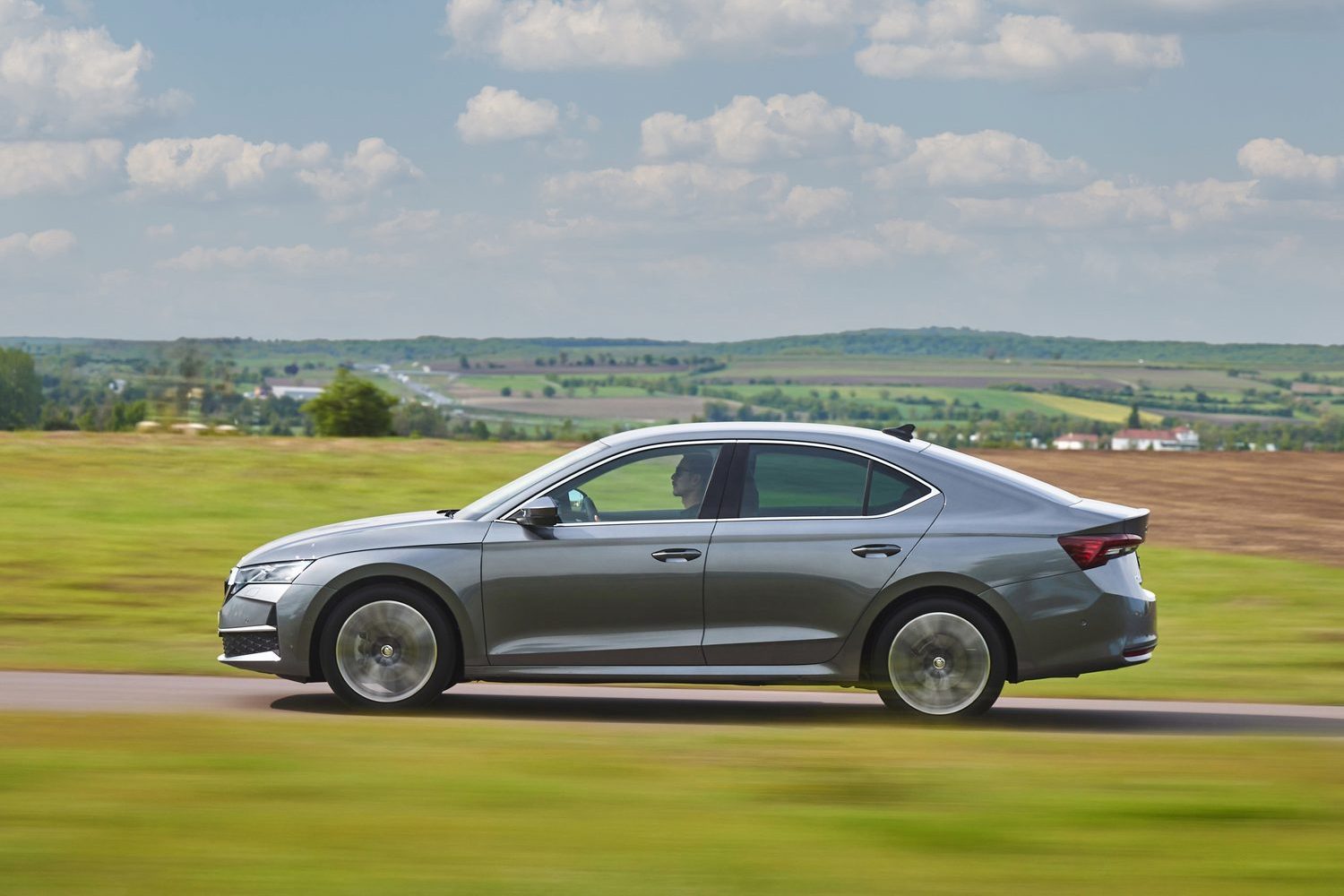
Be it crawling about town on craggy surfaces at near-walking pace, or negotiating your way out of the suburbs and onto faster-flowing, smoother roads, or simply hammering along at 120km/h on a long, steady motorway slog, the Octavia is never anything less than a delight to travel in. It oozes and floats its way across lumps and imperfections, without ever once letting the body feel as if it is pogoing up and down, while the Skoda’s smooth exterior shape allows it to cut through the air with the minimum of fuss. There’s impeccable noise isolation in terms of road roar, too.
It’s this controlled, dignified manner which makes the Octavia both so thoroughly pleasant to drive around in, and so thoroughly likeable too. But is it perfect? Well, no, not quite. The handling, for instance, is composed enough, but it’s rarely scintillating. In the corners, you can hustle the Octavia along at a decent clip and it will put on a reasonably assured display while doing do, but pushing the thing to the limits is not something that is ever going to reward the keener driver. Not that any buyer of an Octavia - RS models aside - expects such a thing.
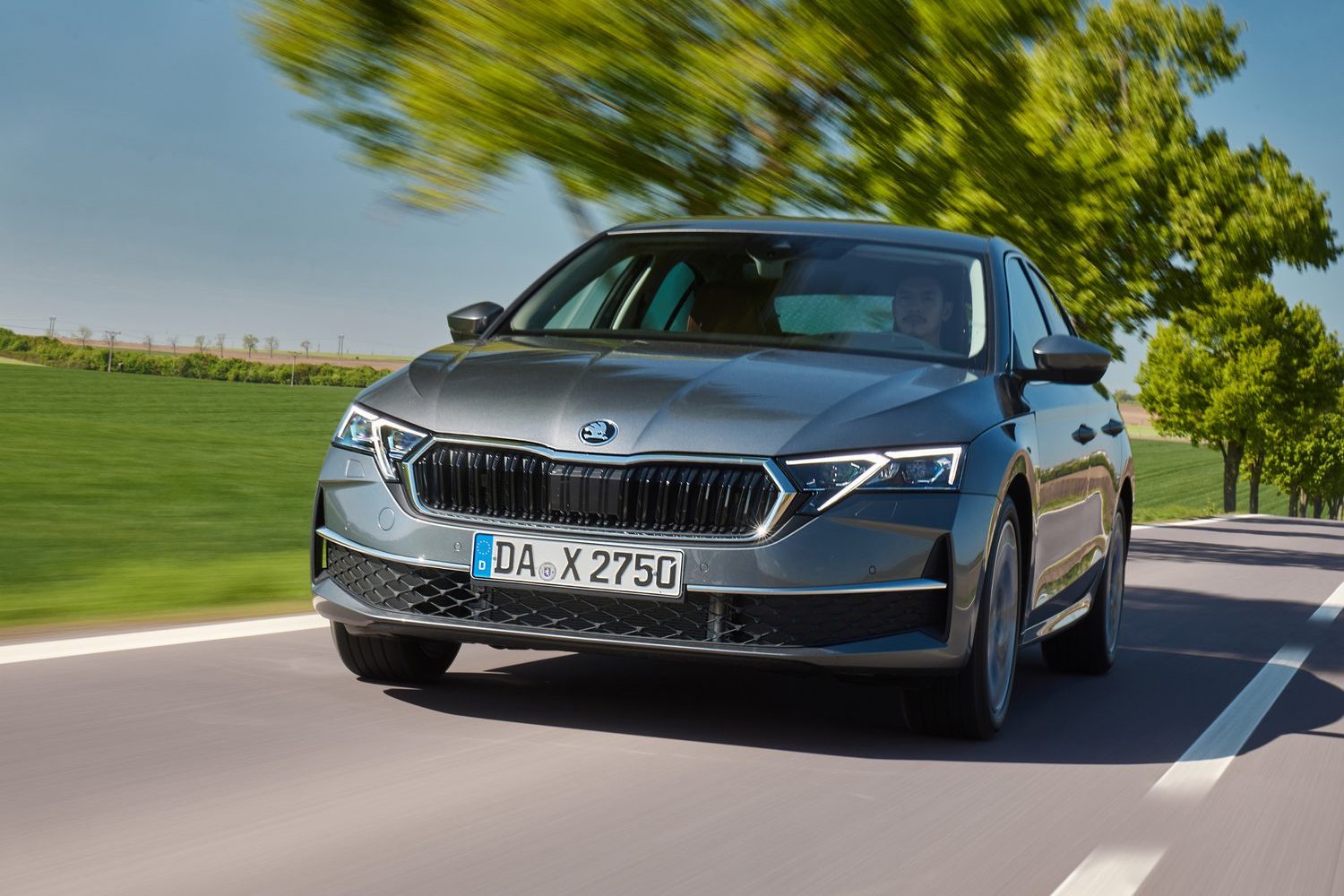
Then there’s the 1.5-litre e-Tec drivetrain. In the main, it is vibration-free, quiet and admirably torquey, while the seven-speed DSG it is paired to has been polished over the years into something so unobtrusive and discreet that you kind of forget the Skoda even has a gearbox at all. But if you decide to rev the TSI petrol out beyond 4,000rpm, it suddenly becomes quite vocal and coarse, and it’s not an appealing sound as it swings to the redline. It’s rare that you’ll ever need to drive the Octavia e-Tec in this fashion, naturally, as it has enough low- and mid-range muscle to negate high-revs antics most of the time, but on the odd occasions you do venture beyond halfway on the re counter, it’s about the only moment you’ll scratch the surface of the Skoda’s collected nature and expose any (admittedly very small) degree of vulgarness beneath.
What you get for your money
Skoda Ireland has dropped the old Ambition, Style, Sportline and RS hierarchy, for a four-tier range running Selection, Selection +, Selection Box and then Sportline, with the RS still to come. However, even though not all cars come with the swanky new 13-inch infotainment here, the standard equipment on a basic Selection is decent, including cruise control, wireless smartphone charging, dual-zone climate control, keyless go, front and rear parking sensors with a reversing camera, auto lights and wipers, 17-inch alloys, LED lights front and rear, and the 10.4-inch nav-enabled touchscreen. Selection + adds several items, including the winter pack which brings heating elements for the front seats, steering wheel and windscreen, while the Selection Box is the most luxurious standard spec. Sportline has different styling inside and out, including a three-spoke steering wheel when every other Octavia has a two-spoke item, as well as some of the more desirable equipment items - but not the 13-inch infotainment.
Summary
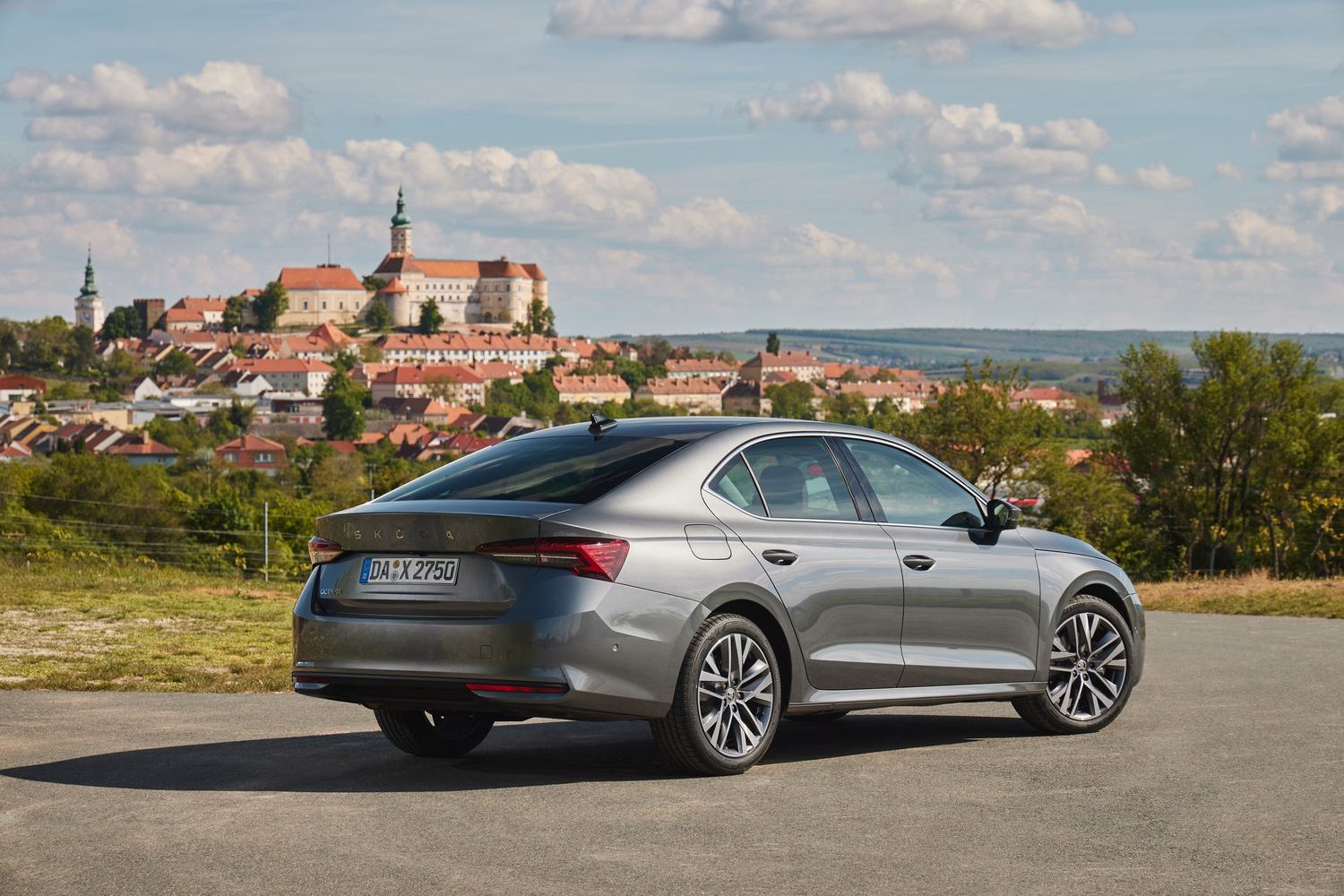
About the only things the updated Skoda Octavia does that we’re not 100 per cent enamoured with are as follows: the 1.5 TSI can be noisy at higher revs; it’s not the most thrilling car in the world to drive; and, as good as the refreshed system is, there’s still too much of an over-reliance on the central touchscreen for various in-vehicle functions. Aside from that, the updated Octavia is mega - sharply styled, possessed of a beautifully built and appointed cabin that has the sort of interior space that wouldn’t disgrace a Mercedes E-Class, and capable of serving up one of the most refined, comfortable and relaxing driving experiences going at sub-€50,000. There are few better family cars.

